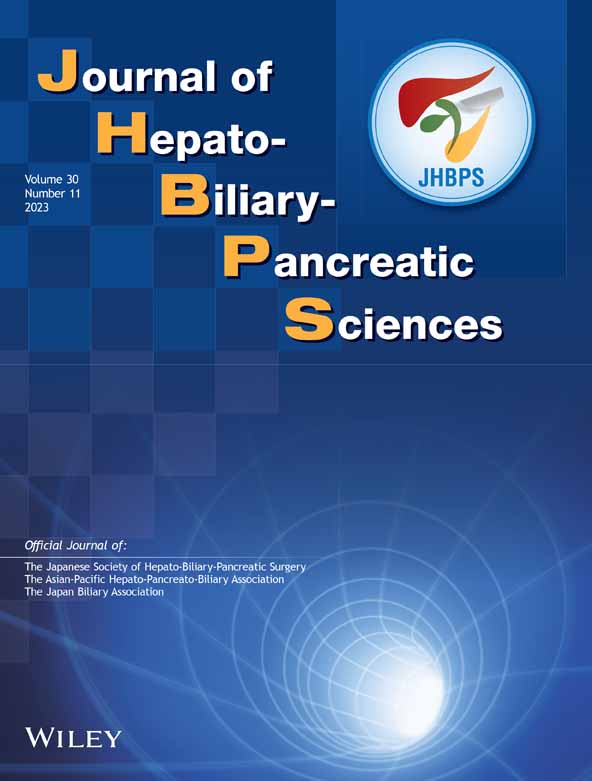Two-step artificial intelligence algorithm for liver segmentation automates anatomic virtual hepatectomy
Abstract
Background
Anatomic virtual hepatectomy with precise liver segmentation for hemilivers, sectors, or Couinaud's segments using conventional three-dimensional simulation is not automated and artificial intelligence (AI)-based algorithms have not yet been applied.
Methods
Computed tomography data of 174 living-donor candidates for liver transplantation (training data) were used for developing a new two-step AI algorithm to automate liver segmentation that was validated in another 51 donors (validation data). The Pure-AI (no human intervention) and ground truth (GT, full human intervention) data groups were compared.
Results
In the Pure-AI group, the median Dice coefficients of the right and left hemilivers were highly similar, 0.95 and 0.92, respectively; sectors, posterior to lateral: 0.86–0.92, and Couinaud's segments 1–8: 0.71–0.89. Labeling of the first-order branch as hemiliver, right or left portal vein perfectly matched; 92.8% of the second-order (sectors); 91.6% of third-order (segments) matched between the Pure-AI and GT data.
Conclusions
The two-step AI algorithm for liver segmentation automates anatomic virtual hepatectomy. The AI-based algorithm correctly divided all hemilivers, and more than 90% of the sectors and segments.
CONFLICT OF INTEREST STATEMENT
Hepato-Biliary-Pancreatic Surgery Division of the Tokyo University received a research grant from Fujifilm on a collaboration agreement.




